This xBmt was completed by a member of The Brü Club in collaboration with Brülosophy as a part of The Brü Club xBmt Series. While members who choose to participate in this series generally take inspiration from Brülosophy, the bulk of design, writing, and editing is handled by members unless otherwise specified. Articles featured on Brulosophy.com are selected by The Brü Club leadership prior to being submitted for publication. Visit The Brü Club Facebook Group for more information on this series.
Author: James Gould
Often mistaken for specialty malt, Vienna malt is actually a lightly kilned base malt that can be used in place of standard pale and pilsner malts in a variety of styles, though serves as the feature malt in Vienna Lager. At 3.5 °L, Vienna malt falls between Pilsner and Munich malts on the color spectrum, imparting a pleasant blend of characteristics each are known for.
A rumor that has made its way around brewing circles is that the Vienna malt sold by certain maltsters is actually just Pilsner and Munich malts blended to achieve a similar color and flavor profile. Opinions on this seem to be split– whereas some view it as resulting in a lower quality product, others feel the blend is a solid Vienna malt analog and hence take no issue with the practice.
I haven’t personally invested much emotion in this topic, so for me, it’s more of a pragmatic matter– if I happen to be out of Vienna malt, can I use a blend of Pilsner and Munich malts to get where I intend to go? While I’ve used all of these malts in various combinations over the years, I decided to put this one to the test to see for myself!
| PURPOSE |
To evaluate the differences between a Vienna Lager where the base malt consists of either 100% Vienna malt or a blend of 80% Pilsner and 20% Munich malts.
| METHODS |
For this xBmt, I used the MeanBrews Vienna Lager as a base for the recipe.
MeanBrews Vienna Lager
Recipe Details
| Batch Size | Boil Time | IBU | SRM | Est. OG | Est. FG | ABV |
|---|---|---|---|---|---|---|
| 5.5 gal | 60 min | 23.6 | 13.2 SRM | 1.052 | 1.006 | 6.04 % |
| Actuals | 1.052 | 1.006 | 6.04 % | |||
Fermentables
| Name | Amount | % |
|---|---|---|
| Pilsner | 8.375 lbs | 71.28 |
| Munich I | 2.125 lbs | 18.09 |
| Caramunich II | 10 oz | 5.32 |
| Melanoidin | 8 oz | 4.26 |
| Carafa III | 2 oz | 1.06 |
Hops
| Name | Amount | Time | Use | Form | Alpha % |
|---|---|---|---|---|---|
| Magnum | 11 g | 60 min | Boil | Pellet | 16.2 |
| Hallertauer Mittelfrueh | 25 g | 10 min | Boil | Pellet | 4 |
Yeast
| Name | Lab | Attenuation | Temperature |
|---|---|---|---|
| Saflager Lager (W-34/70) | Fermentis | 83% | 53.6°F - 59°F |
Notes
| Water Profile: Ca 31 | Mg 5 | Na 19 | SO4 53 | Cl 51 |
Download
| Download this recipe's BeerXML file |
After collecting the water for 2 batches, I weighed out and milled the grain.
When the waters were properly heated, I incorporated the grains then checked to make sure the mashes were at my target temperature.
About 15 minutes into each mash rest, I took measurements showing both were at the same 5.2 pH.
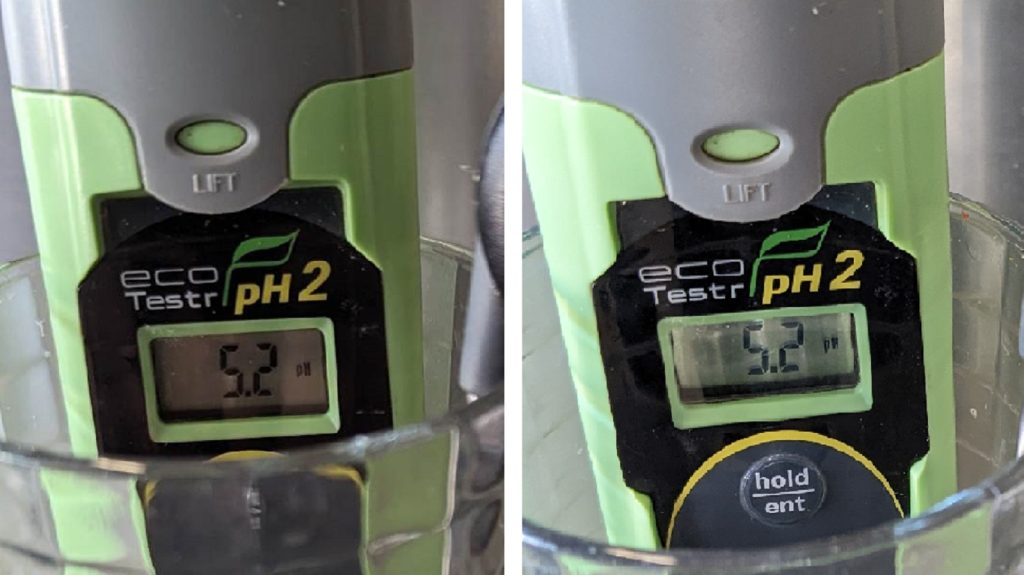
During the mash rests, I prepared the kettle hop additions.
Once the mashes were finished, I batch sparged to collect my target pre-boil volumes then proceeded to boil the worts for 60 minutes, after which they were quickly chilled. Refractometer readings showed the wort made with Vienna malt was at 1.048 OG while the one made with a blend of Pilsner and Munich malts was at 1.052 OG. Equal amounts of wort from each batch were transferred to sanitized fermenters where they were pitched with a pack of Saflager W-34/70. After a week of fermentation, I began gradually raising the temperature of the beers to 70°F/21°C over a few days. With all signs of activity absent after another week, I took hydrometer measurements showing a slight difference in FG.
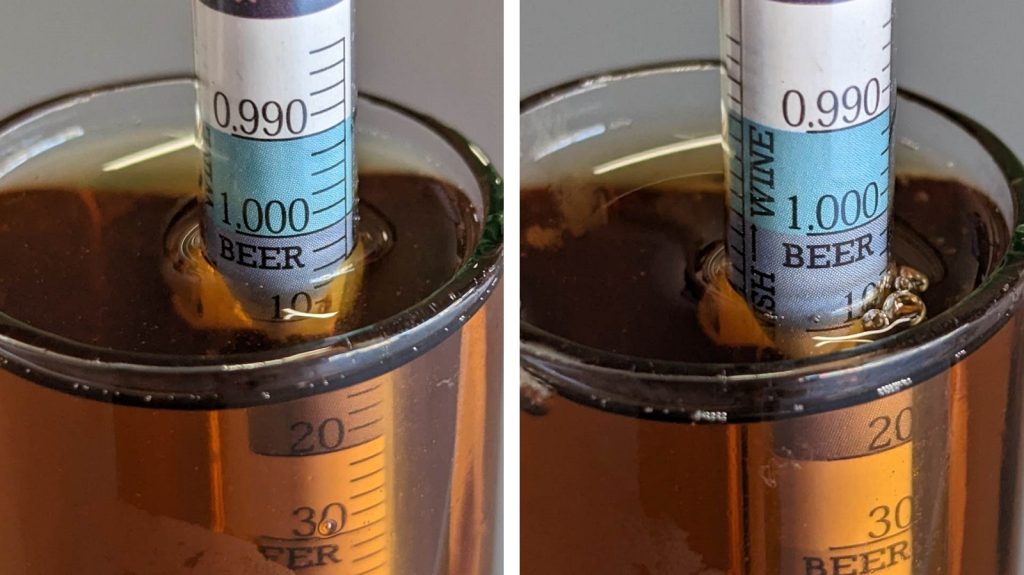
At this point, I cold-crashed the beers overnight before transferring them to kegs, which I placed in my keezer and burst carbonated for 24 hours before reducing the gas to serving pressure. Following a week of cold conditioning, the beers ready for evaluation.
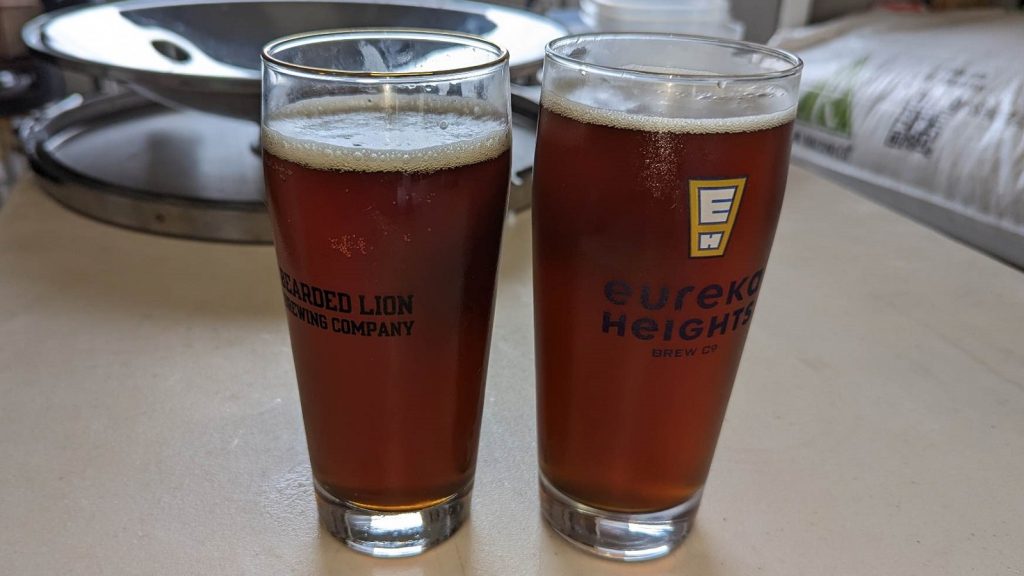
| RESULTS |
A total of 27 people of varying levels of experience participated in this xBmt. Each participant was served 2 samples of the beer made with Vienna malt and 1 sample of the beer made with a blend of Pilsner and Munich malts in cups marked with unique letters. While 14 tasters (p<0.05) would have had to accurately identify the unique sample in order to reach statistical significance, 12 did (p=0.15), indicating participants in this xBmt were unable to reliably distinguish a Vienna Lager made with Vienna malt as the base malt from one where a blend of Pilsner and Munich malts were used instead.
My Impressions: Out of my 5 semi-blind triangle test attempts, I correctly identified the odd-beer-out just 2 times, which admittedly were just guesses. These beers were perceptibly identical to me.
| DISCUSSION |
Vienna Lager is a refreshing style of beer known for its toasty and sweet malt character, which it gets from the generous use of the aptly named Vienna malt. There’s been speculation that some maltsters’ Vienna malt is really just a blend of lighter Pilsner malt and darker Munich malt, which has been contested by other maltsters. Interestingly, tasters in this xBmt were unable to reliably distinguish a Vienna Lager where Vienna malt was the only base malt from one where the base malt consisted of 80% Pilsner malt and 20% Munich malt.
The fact these beers were similar enough as to be indistinguishable by both tasters and me seems to suggest the characteristics of Vienna malt can be closely replicated by blending Pilsner and Munich malts, at least when used in a Vienna Lager recipe that includes other specialty malts. While this proves nothing about the claims of maltsters marketing such a blend as Vienna malt, it’s an interesting finding nonetheless, though it’s possible the differences would have been more apparent in the absence of specialty malts.
Going into this xBmt, I expected the beers to be pretty similar, though I was convinced they’d be unique enough for most to tell apart. Suffice to say, the fact this wasn’t the case was quite surprising to me, to the point I question whether it’s worth buying Vienna malt if I have Pilsner and Munich malts on hand. For fun, I entered the version of this beer made with the malt blend into the 2023 OpFerm and 2023 Bluebonnet Brew-Off competitions; while it didn’t place in either, it did receive a combined score of 39 as a Czech Amber Lager in OpFerm and a 38 as a Vienna Lager in the Bluebonnet Brew-Off.
James Gould of Tomball, Texas was inspired to get into brewing while watching Breaking Bad and thinking, “I could make meth,” though he opted for the more legal option of making beer instead. He’s currently a member of both the Cane Island Alers and The Brü Club. James is a husband and father of 2 who works as a System Administrator. When he’s not working or brewing, he enjoys playing guitar and hosting friends in his garage where the beer flows freely.
If you have any thoughts about this xBmt, please do not hesitate to share in the comments section below!
Support Brülosophy In Style!
All designs are available in various colors and sizes on Amazon!
Follow Brülosophy on:
FACEBOOK | TWITTER | INSTAGRAM
If you enjoy this stuff and feel compelled to support Brulosophy.com, please check out the Support page for details on how you can very easily do so. Thanks!



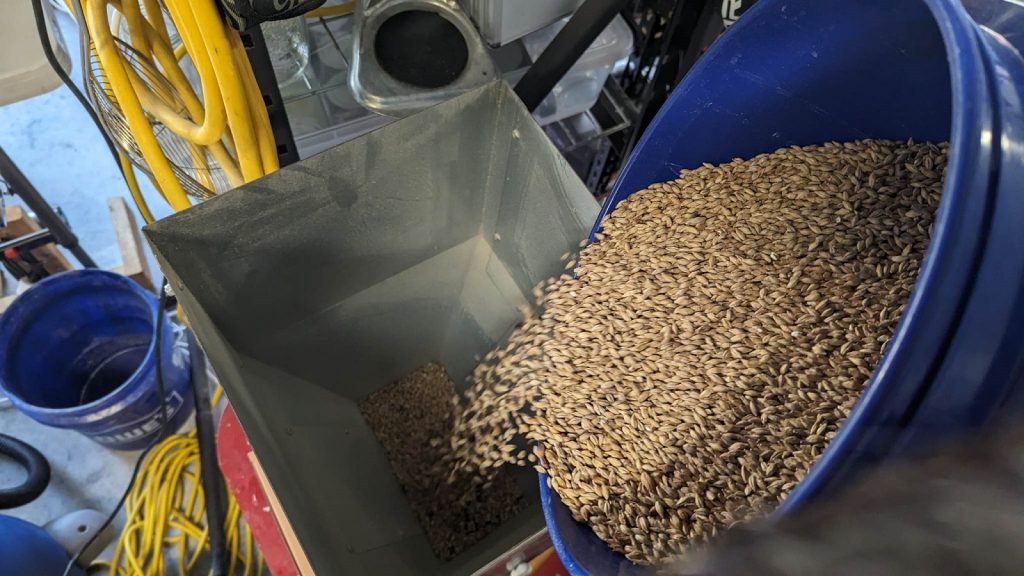
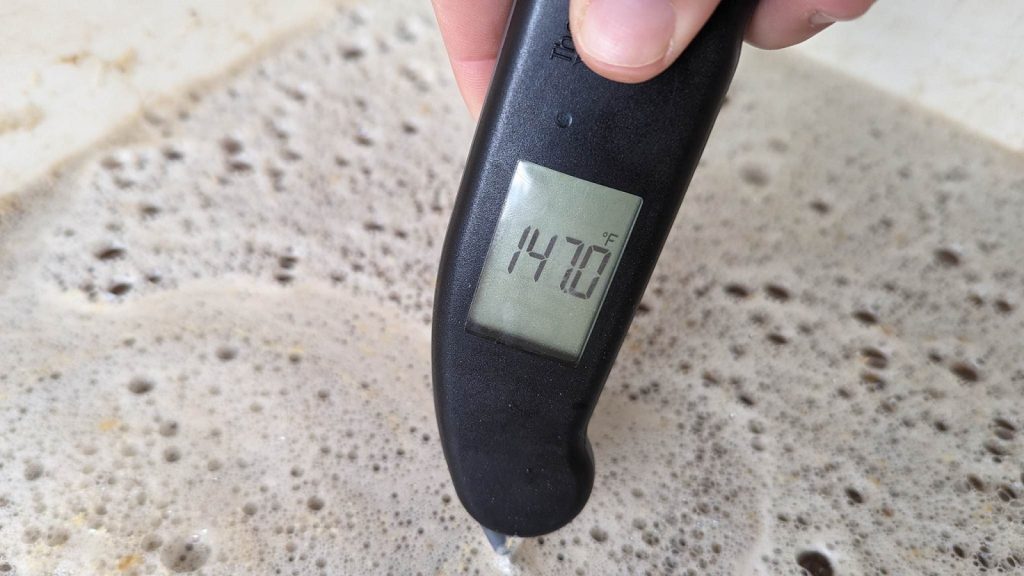
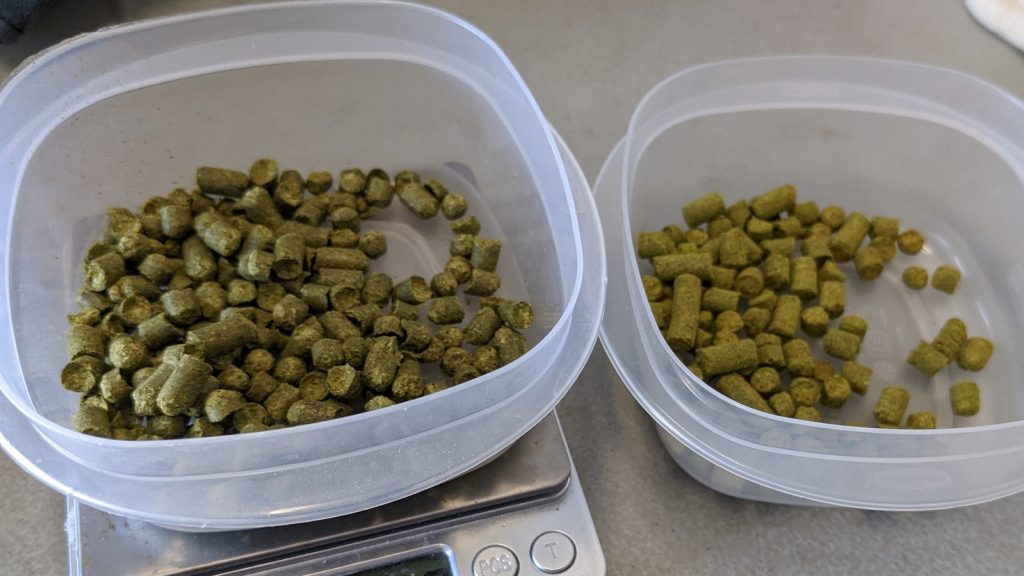













5 thoughts on “The Brü Club xBmt Series | Vienna Malt vs. Pilsner/Munich Malt Blend In A Vienna Lager”
It would have been interesting to know if there was a perceived difference if only Vienna and Pilsner were used and no other specialty malts. Unless these same specialty malts were used in the Vienna malt recipe. Were they also used in the Vienna recipe?
I agree that the results would be a lot more useful if this was a base malt-only recipe (with maybe just a little Carafa special or Sinamar for coloring). I would expect that the Caramunich, and especially the Melanoidin, would have enough of a flavor impact to cover up a subtle difference.
That said, this is still a cool experiment, although my takeaway leans more towards that specialty grains can potentially cover up a swap in base malt, rather than a Pilsner/Munich combo being an equivalent substitute for Vienna malt.
Interesting. But, as you alluded, I would wager that amount of melanoidin probably drove most of the malt character of these beers.
I loved participating in this one. I will say I approached other German malt suppliers who have claimed THEIR version of vienna is in fact not a blend, but the ones used in this exBEERiment do use a blend.
I took this test twice and was able to tell the difference between them solely based upon head retention alone. I got a slight mouthfeel difference between them as well which was probably more due to the OG difference between the two than any other variable. Great Job doing this James!
By including other specialty malts you negated the ability to reliably detect any actual differences the base malts provided. I suppose semantically you did test whether the variable had an affect on a “style” of beer. Would be interested to see how the malts stood up without the masking effects of specialty grains.